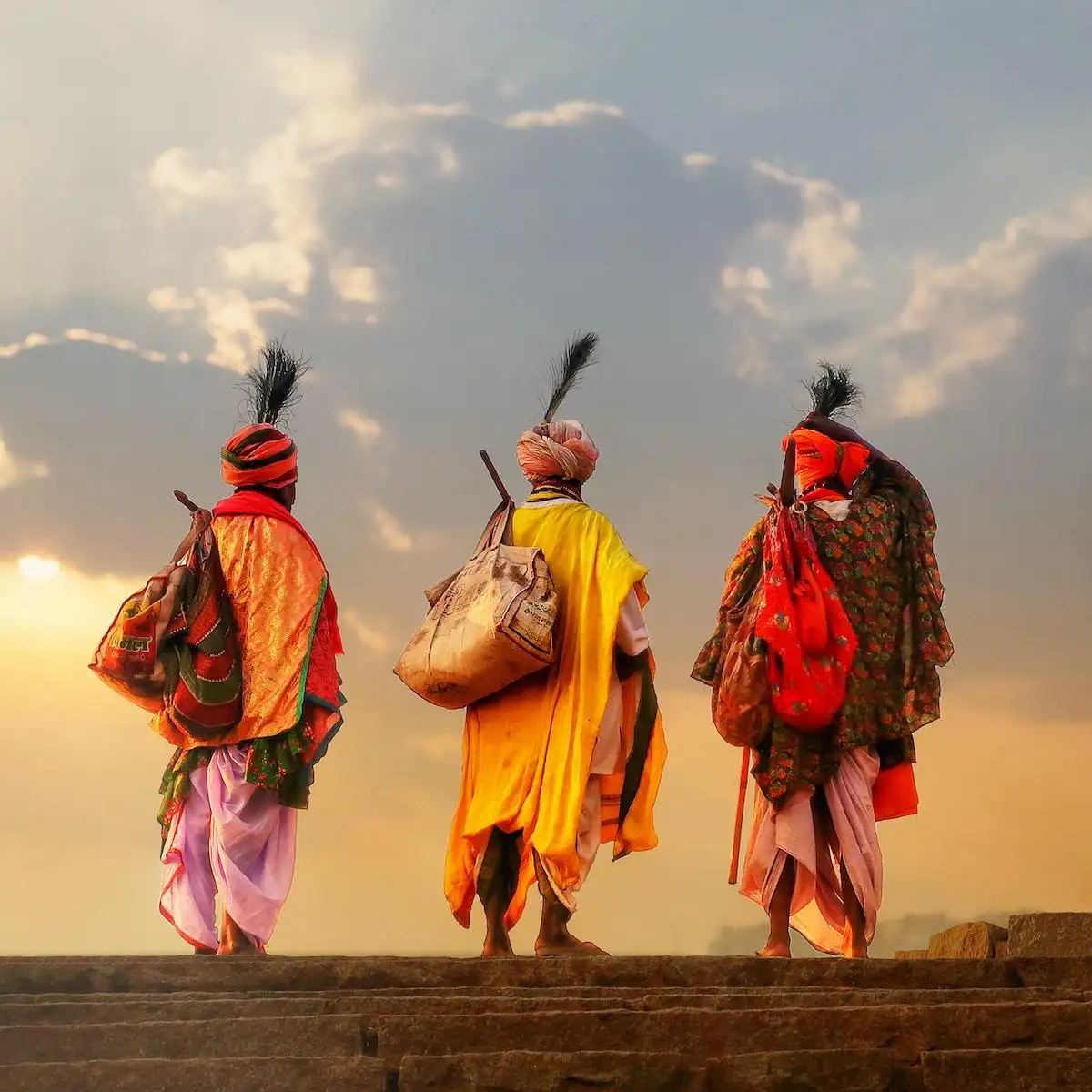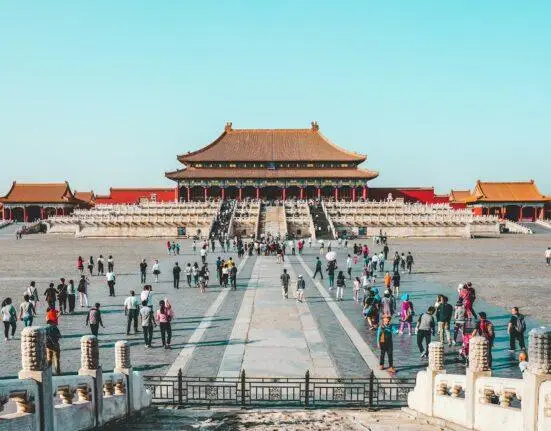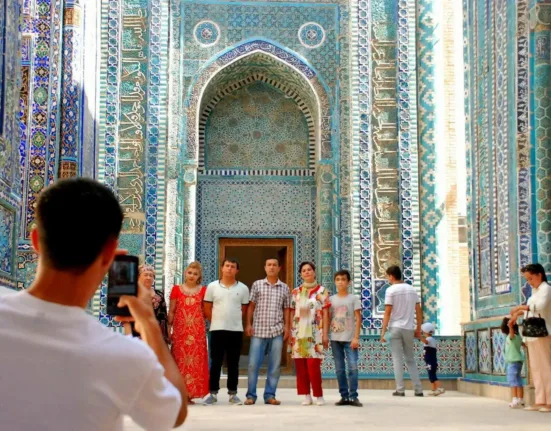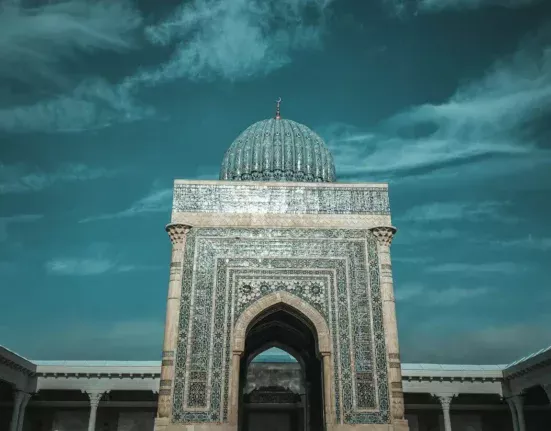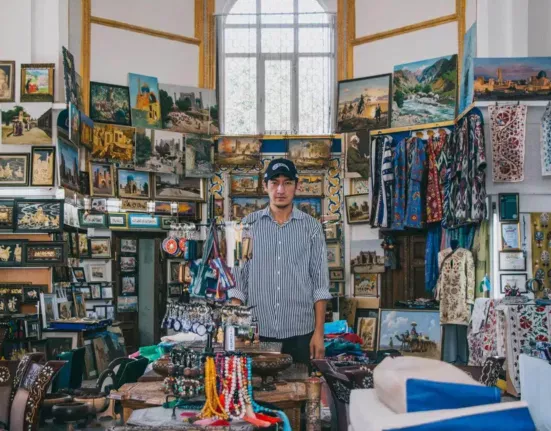Summary. See India without going broke! With this amazing guide, you’ll learn how to budget for your trip and still make the most out of your Indian adventure. Don’t miss out – start saving now!
Are you planning an amazing vacation to India but wondering if it is too expensive? Don’t worry – you’re in the right place! Join us on our journey to discover the best tips and tricks for saving money on a trip to India. In this article, we’ll uncover all the secrets of traveling to India without breaking the bank. From cost-savvy accommodations to cheap but delicious eats, you’ll have your wallet thanking you and your Instagram followers blown away by your trip. Are you ready to go on an adventure while saving a few rupees?
First off, let’s tackle the cost of accommodations in India. With countless budget hotels, hostels, and homestays, it’s easier than ever to find a comfortable place to stay without emptying your wallet. All you need to do is use search engines and recommendation sites to compare prices before booking – plus, don’t hesitate to negotiate for the best deal! But what about food during your trip? Indian cuisine is notoriously tasty, but it doesn’t have to cost you an arm and a leg!
If you’re still worried about the cost, no problem! With a plethora of street vendors offering authentic, affordable meals, you won’t have to compromise on your budget. Speaking of street food, what about transportation? Public transport can be one of the most cost-effective options for getting around India. From taxis to buses and even tuk-tuks, there are so many ways to get from point A to point B without overspending. Pre-booked rides through services like Ola and Uber are also great money-savers!
Is India Expensive? How To Save On Your Trip!
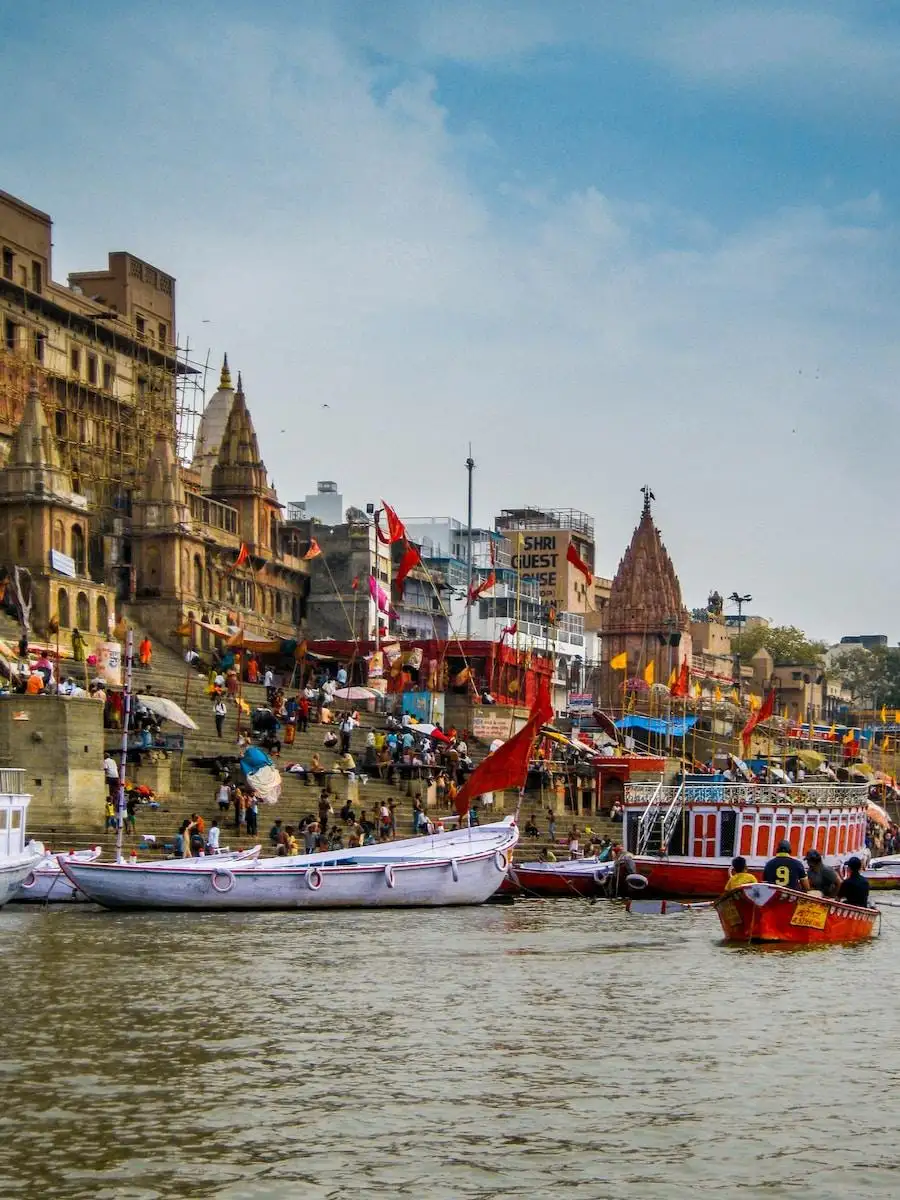
Exploring India may be awe-inspiring, but it can also make visitors wonder about the cost of living there. Is traveling to India expensive? How can tourists make the most of their vacation while saving money? One of the world’s most diversified nations, India is home to magnificent old buildings, spectacular natural scenery, vibrant cities, and an intriguing and distinct culture.
India is not exceptionally costly for travelers, but if you are not attentive, the expense of lodging and transportation may rapidly mount up. However, it is feasible to visit India on a tight budget and still enjoy yourself with a few simple ideas and methods. Here are some ideas to take into account before leaving for your Indian trip that can assist reduce your travel expenses to a minimum:
- Use local expertise: A fantastic place to get insider information on where to get the greatest prices on food, hotel, and transportation is from knowledgeable locals.
- Prioritize: Arrange your activities in order of importance and concentrate on the sights and experiences that pique your interest. You may considerably reduce the cost of your trip by checking off “must-sees” and avoiding typical pricey tourist traps.
- Pack Light: Carrying around a number of bulky baggage may quickly add up in cost, particularly if you have to pay for transportation or excursions. You may save hundreds of dollars by purchasing lightweight, multipurpose products like rolling backpacks or all-in-one travel bags.
What Is The Best Time Of Year To Visit India
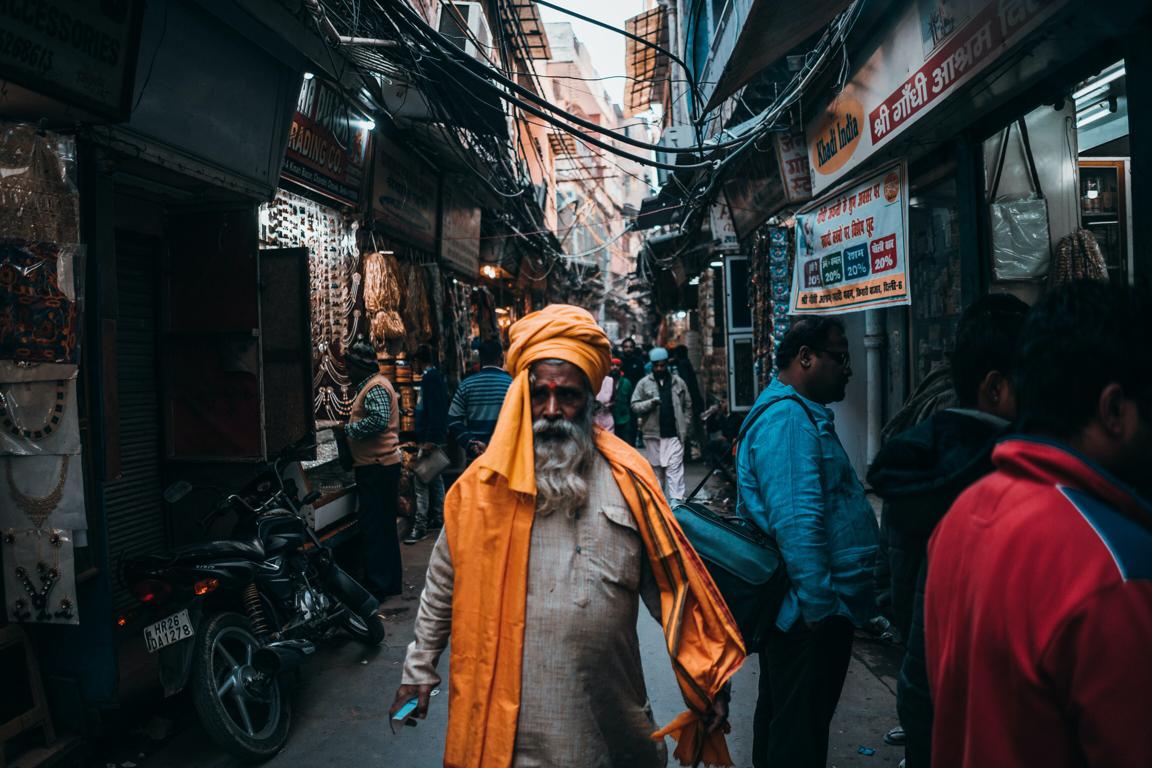
When is the ideal season to go to India? India is a nation that provides a fantastic experience all year long because to its vast geography, many cultural influences, and climatic differences, but the ideal time to visit will mainly depend on the sort of experience you’re wanting to have. The best time to visit India if you’re an adventurer looking for something new is in the late autumn or winter, between October and February, when the weather is most pleasant with cool evenings. Depending on where you’re going, though, there may be rain during this time, especially in October and November. If you’re searching for a beach holiday, coastal areas like Kerala and Goa are the best destinations to go since they provide sun and sand throughout this time.
The spring months of March, April, and May are among the greatest seasons to visit India if you want a more cultural experience. The colder temperatures and lower humidity make the weather more pleasant. These months are ideal for seeing India’s many stunning temples, thriving towns, and sacred locations.
Throughout the year, India offers a ton of fantastic experiences if you’re seeking for something a bit different. The summer months (June to September) are a particularly wonderful time to see the southern states of India since the weather becomes better the farther south you travel. The monsoon season (August to October) also delivers a lot of rain, which is fantastic for India’s culture and ecosystem but not often advised as the ideal time to visit due to the effects of the rainy weather.
How Much Does Accommodation Cost In India?
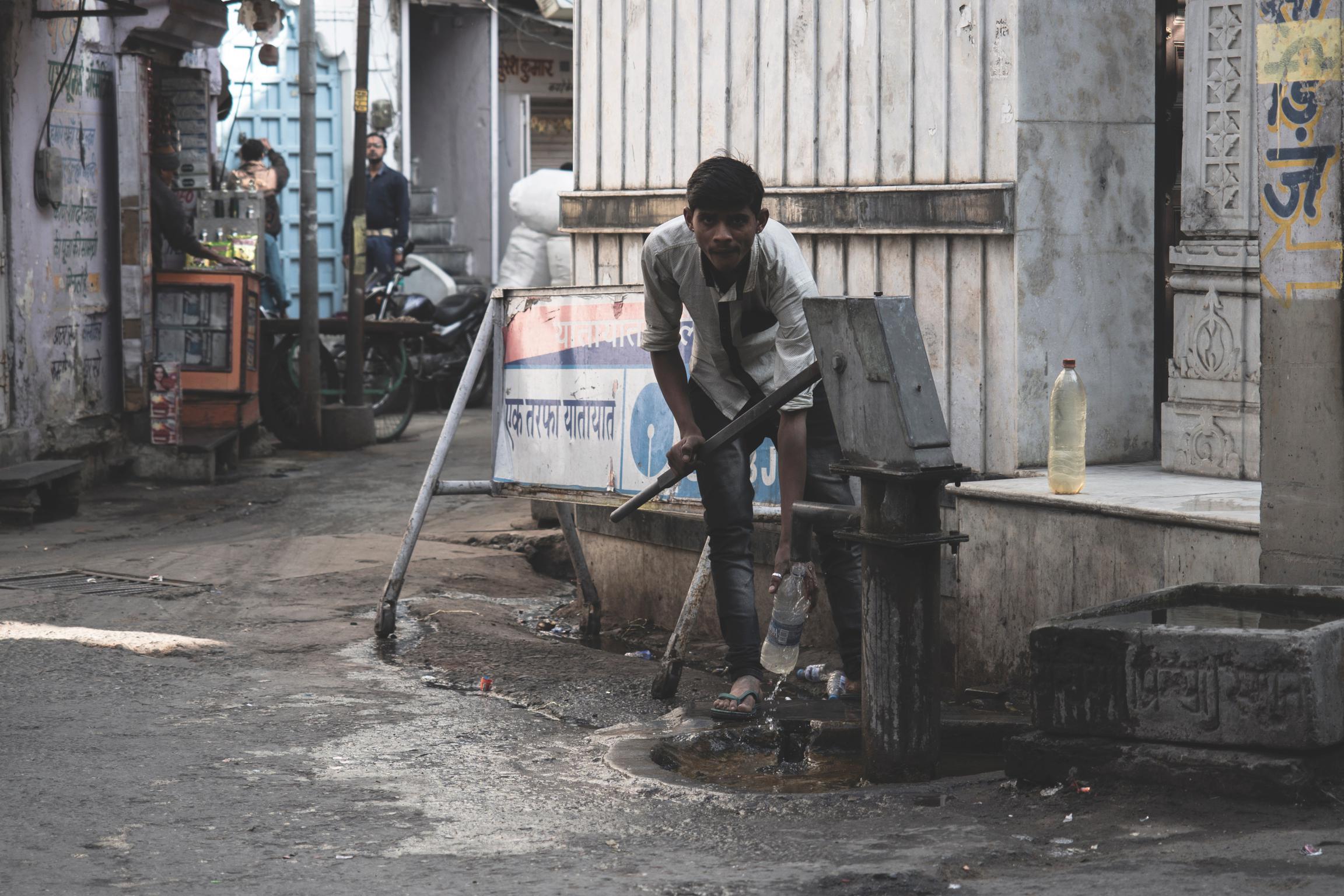
Given the vast variation of pricing depending on where and how you wish to stay, it is difficult to provide a precise response when discussing how much lodging costs in India. The cost of living in Indian cities varies greatly, with accommodations in India ranging from very inexpensive to ultra-luxurious. There are many simple yet wonderfully affordable locations to stay in India for tourists on a tight budget. On the other hand, major cities like Bangalore, Mumbai, and Delhi provide luxury hotels at premium rates.
Finding lodging in India is made easy thanks to online booking services like Airbnb and Booking.com, which provide a variety of room choices in various locations, from budget hostels to five-star hotels. India also boasts a large number of privately owned guesthouses, many of which provide discounts for early reservations or extended stays.
When planning your accommodations before your trip to India, doing some internet research will help you maximize your savings. To make the most of their time in India, visitors need also be aware of a few different money-saving advice. It could be less expensive, for instance, to book a hotel room for three nights rather than one, or to take advantage of the loyalty programs offered by several hotel chains. It’s always a good idea to inquire about potential discounts when making a reservation since many hotels in India also provide discounts for older people and Indian citizens.
Cost Of Food In India
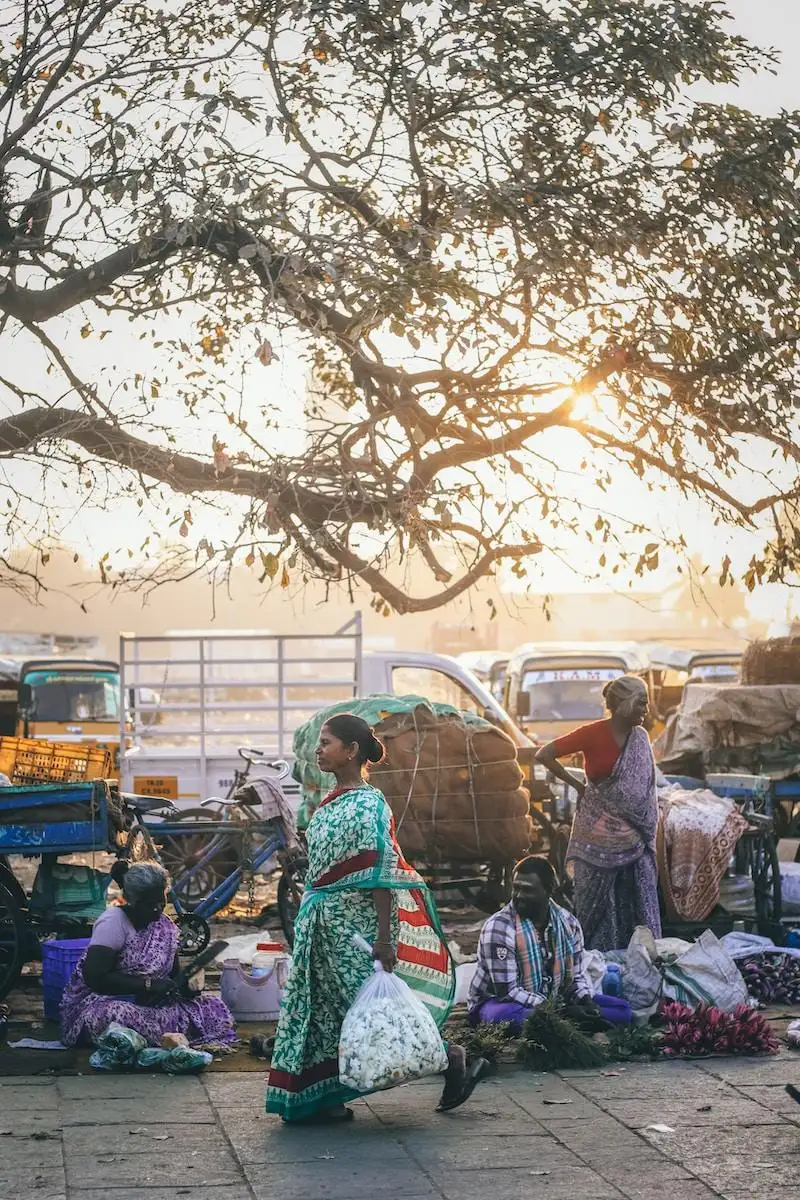
India exploration may be an eye-opening experience. Despite being rich in culture, cuisine, and history, not many people consider it to be a must-visit location. But the reality is that if you plan your trip properly, India can be an inexpensive vacation. Is India pricey then? So, in terms of food expenditures, this is what to anticipate! One of the things that characterizes a location and is crucial to travel is its food.
When you go to India, you may sample the mouthwatering cuisine, which is a mouthwatering fusion of many cultures and customs. This includes both north and south Indian cuisine, street food, snacks, and even stalls. And all of this is often pretty affordable. So you don’t have to pay a bunch to load up on the goodness! One of the finest ways to eat in India is via street food since it is affordable and real. You may get classic snacks like samosas and tea for as little as $1–$.
You can have a dish of biryani, a bowl of chicken curry, and some chapati for about $ Additionally, families often provide meals for a low fee if you’re staying in a homestay or hostel. Prices start at around $5 per person at restaurants for those who want to dine there. You may spend between $8 and $20 on a multi-course lunch at a mid-range restaurant. Additionally, the cost per person at upscale meals might reach $50 or higher.
Cost Of Transport In India
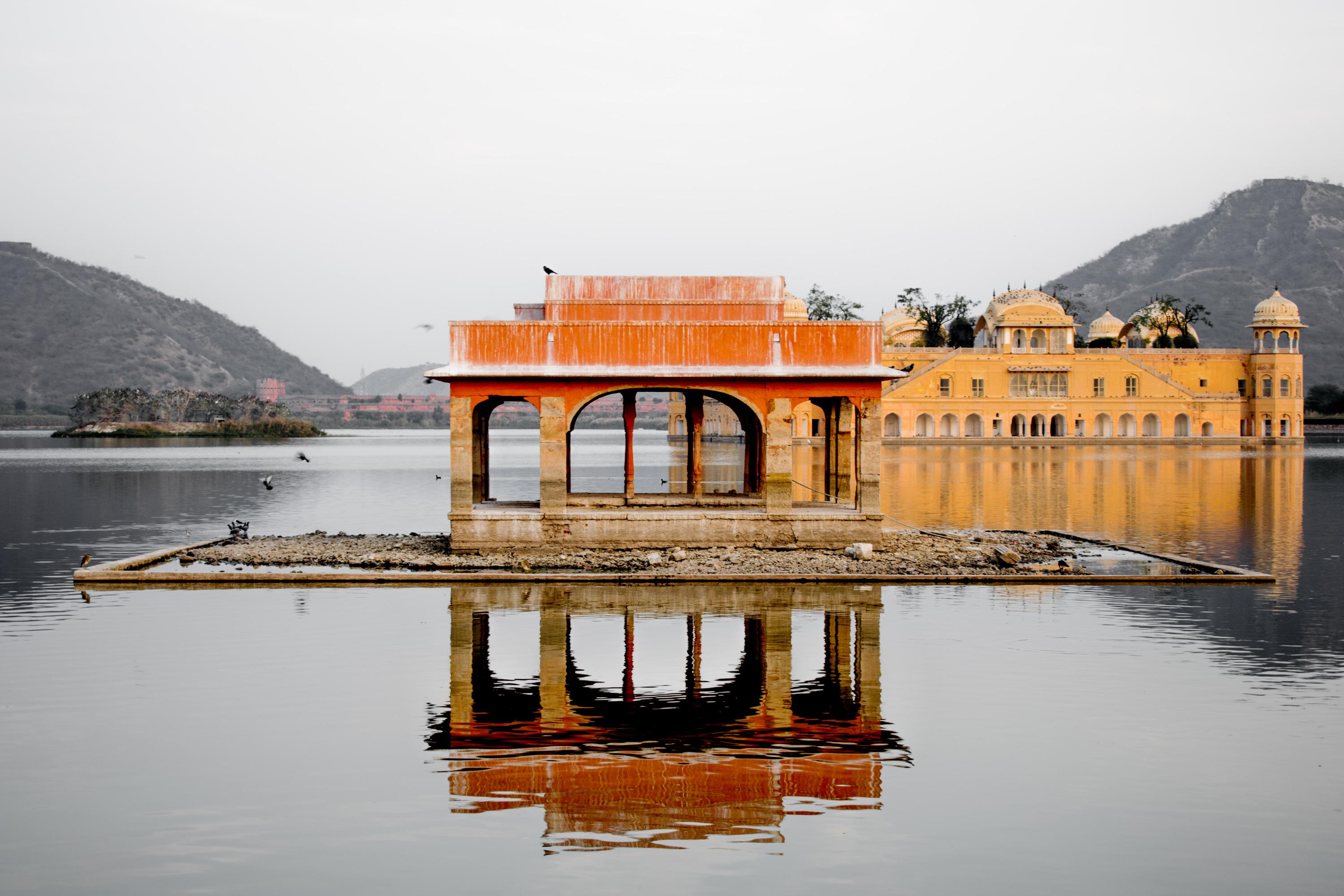
India is a wonderful nation that draws visitors from all over the globe for a variety of reasons, mostly because of its astounding cultural diversity, its long history, and its breathtaking beauty. But India’s transportation costs, which may be exorbitant, are one of the primary reasons visitors avoid going there. You don’t have to break the bank, however, if you do some preparation and study before your trip. India is a country with many inventive methods to travel for less money, including inexpensive transportation alternatives. Here is our method to cutting travel expenses in India to a minimum.
It’s also a good idea to pre-book domestic flights and look at low-cost airline choices like IndiGo, Jet Airways, and GoAir, where domestic flights inside India may cost as little as Rs. 2000 ($30). Local and long-distance trains: Nearly all of India’s major cities, and in many instances, even isolated villages, are connected by trains, which constitute the country’s primary mode of transportation. Depending on your requirements, the Indian Railway provides a number of inexpensive travel choices, some starting as Rs.
Even luxury trains are available for those willing to invest a little more money. Check the website to learn more about routes and check-in hours. Transportation Services: The majority of Indian cities now offer taxi sharing, or ride-sharing services like Ola, Uber, and Meru, which are less expensive than calling your own cab. Additionally, keep a look out for local taxis and other transportation choices including tuk-tuks, autorickshaws, and “close-door” sharing services. Always barter with the driver and demand the metered rate if available, or at the very least, come to an agreement on a final price before setting off on your trip.
Additional Costs Of Travel In India
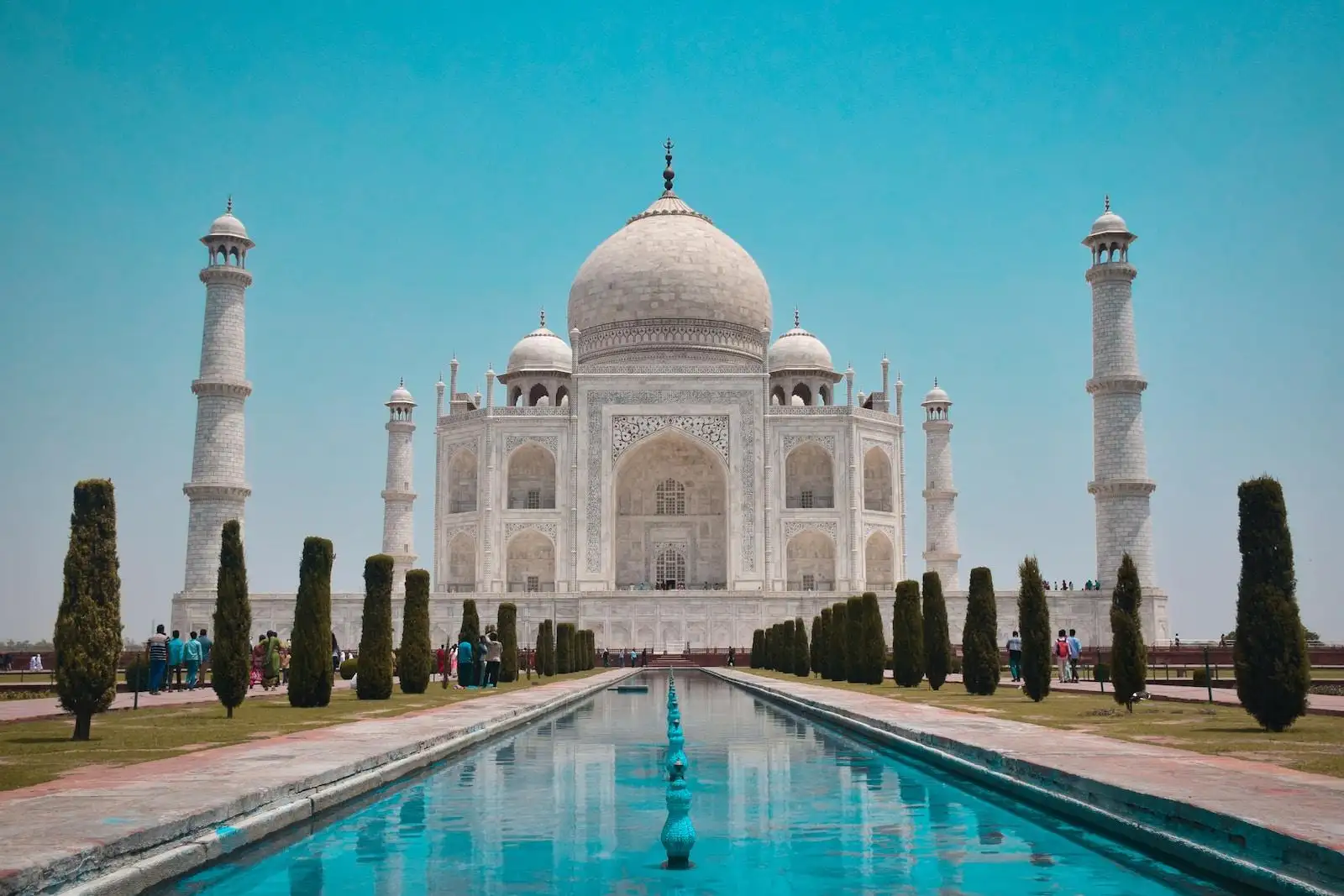
You’ve probably heard that India may be an inexpensive option when it comes to travel planning. While it’s true that general travel expenses in India are far cheaper than those in other well-known locations throughout the globe, there are a few extra expenses to be aware of before you go. In order to maximize your money and your stay in India, be sure to account for these costs. Accommodation – Depending on the province and area, the price of lodging varies greatly across India. Although lodging close to well-known tourist destinations is often more costly than lodging in remote villages, there are still fantastic low-cost choices available.
Consider staying in a hostel or a homestay for an even cheaper cost. Hostels may also be a fantastic opportunity to meet other visitors and locals. Transportation – There are several ways to go about India, and it is not difficult to do so. Your most affordable alternative will be to take the bus or rail, which are both cozy and practical. Although they usually cost a little more, rickshaws, tuk-tuks, and taxis are other vehicles that may be used.
Food and Beverages – Street food in India is exceedingly inexpensive, with a complete dinner just costing a few rupees. Prices for eating out may vary from being very low to being somewhat costly, although even the most upmarket restaurants still serve meals for a small portion of what restaurants in other nations charge. Drinks will be more expensive than food, but you may still get amazing prices at neighborhood pubs and eateries.
Money And Currency In India
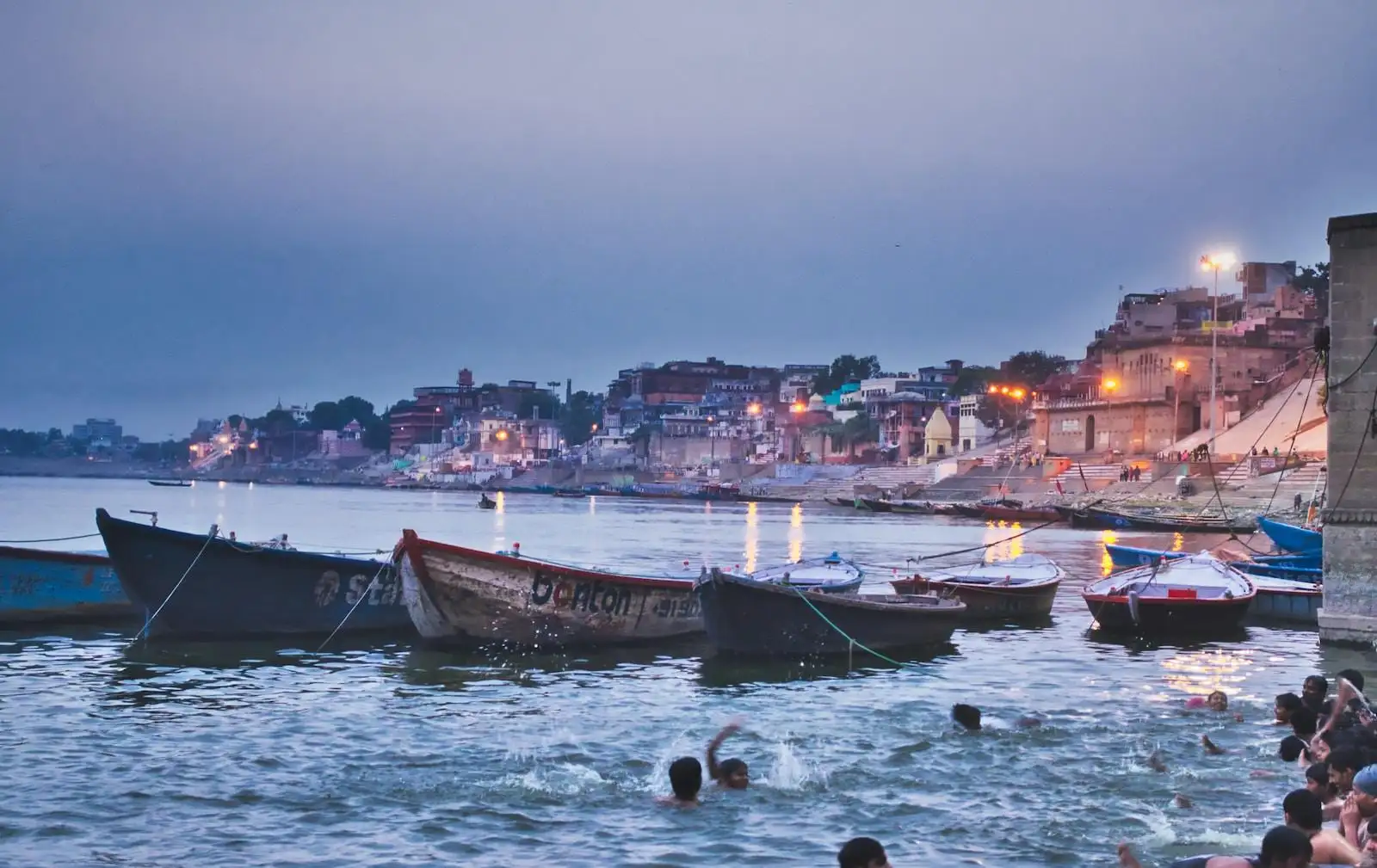
Are you planning a vacation to India soon? There are many reasons to go across this enormous and magnificent nation, from the breathtaking landscape and gorgeous beaches to the cultural treasures like the Taj Mahal and the Golden Temple. To maximize your vacation and save costs, it’s crucial to comprehend the currency and money in India. The Indian Rupee (INR) is the nation of India’s official currency. Since it might be difficult to get rupees outside of India, you’ll often need to convert your own money into rupees when you go there.
An excellent money-exchange tip in India is to examine rates at a few different locations beforehand and make sure you’re always receiving a fair rate. You’ll need a location to keep your Indian rupees once you get them. You won’t need to use credit or debit cards since cash is the most popular method of payment in India. You may want to think about bringing a debit or credit card with you if you expect to need to make major expenditures, such lodging.
There are numerous five-star hotels and fine dining establishments in India, but there are also fantastic alternatives for those on a tighter budget. Hostels are an excellent way to save costs while still enjoying all the conveniences of home. Additionally, they may provide a genuine local experience. Additionally, market and street food are a fantastic, affordable way to sample Indian flavors. Using public transportation, such as the bus, and staying in smaller guesthouses may both help you save money when traveling.
Wrapping Up
India is an incredible country with many incredible experiences to offer, but does it come with a high cost? Have you been wondering “Is India Expensive?” and how do you go about saving money for a trip there? Fear not, savvy traveler! After our research, it looks like there are some great tricks and tips out there to help you save money and still make the most of your trip. First of all, be a plan master. Make sure you plan ahead to get the best deals on flights, lodging, and activities. See if you can find any discounts or promo codes online before booking!
Always double-check the prices you find online against prices directly from the providers like airlines, hotels, and tour operators themselves. Another way to save is to embrace a minimalist lifestyle. Instead of shelling out on expensive hotels, opt for budget travel through hostels, couchsurfing, or Airbnb. You won’t miss out on the cultural experience, and you can also meet interesting people by staying in hostels! Do you want to save on sightseeing and activities? Do your research ahead to find out if there are any free walking tours in the area or any historic sites or monuments that are free to visit. Sites such as Tripadvisor often provide great reviews on activities and sights you might want to visit, so be sure to check it out!
Have a walk around different neighbourhoods and look for local restaurants and cafes. Street markets tend to be cheaper and more authentic than shopping malls, so consider bartering when looking for souvenirs as well. Let’s sum it up: India is an amazing country with plenty of incredible experiences, and you don’t have to break the bank to appreciate it. Make sure you plan ahead, opt for budget accommodation, do your research ahead, and look for hidden gems. Have you visited India before? What tips do you have for saving money, and what is the best thing you found on your travels? Share with us in the comments below!
Frequently Asked Questions (FAQs)
How much does a 7 day trip to India cost?
Generally, budget travelers can expect to spend around $500-$1000 USD for a 7-day trip, including transportation, accommodations, food, and activities. Higher-end travelers should expect to spend around $2000-$5000 USD for the same trip, depending on their preferences.
How much does a meal cost in India?
Generally, a meal from a mid-range restaurant will cost between 200-500 rupees (roughly $2.50-6.50 USD).
How much does it cost to go to India for a week?
Generally, a weeklong trip to India can cost anywhere from $500 to $2,500 per person.
Is India an expensive place to visit?
India can be an affordable destination for budget travelers, however it can also be quite expensive for luxury travelers. In general, India offers a wide range of accommodation and transportation options, so it is possible to find something that fits within most budgets.

